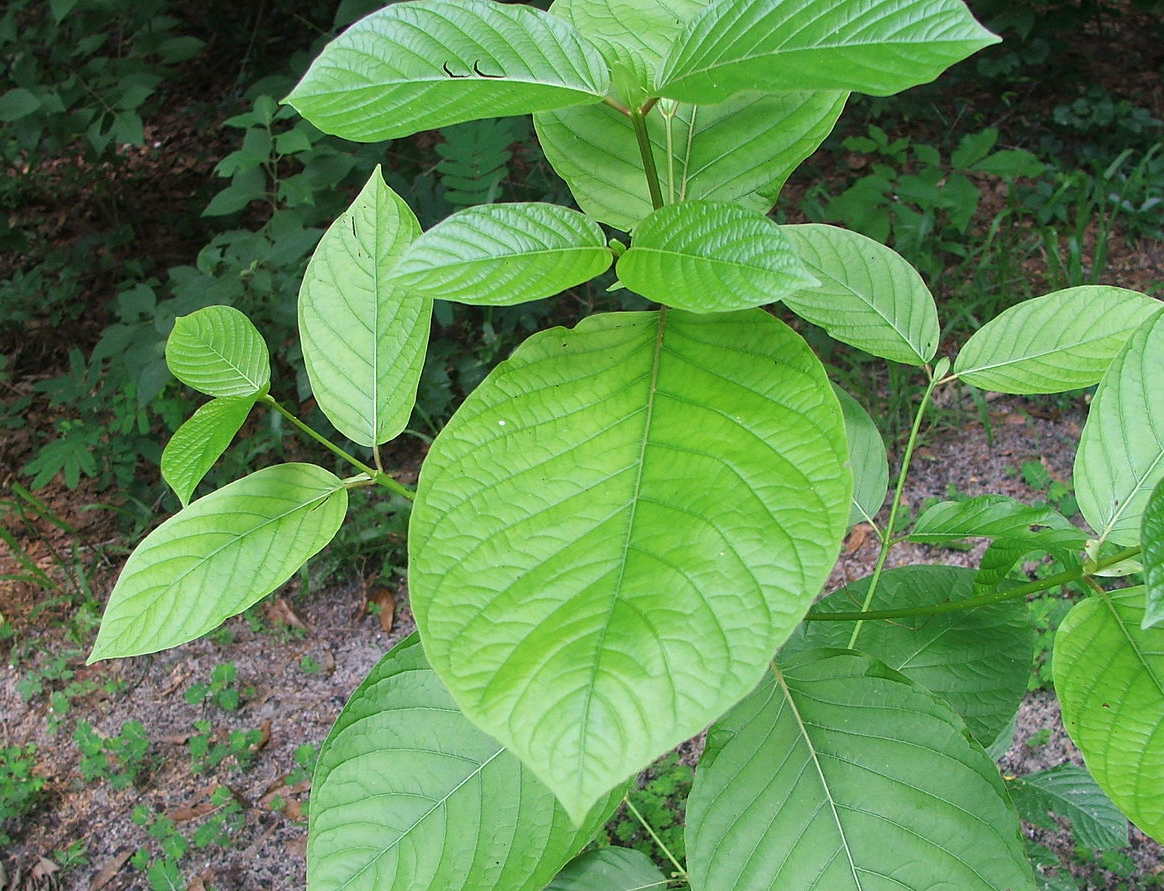Natural Compound Offers Non-Addictive Pain Relief Alternative to Opioids
In our quest to find effective yet non-addictive alternatives for pain relief, recent research has unveiled a promising natural compound that could mark a significant shift in the way we manage pain. As the opioid crisis continues to wreak havoc, the discovery of this compound offers a beacon of hope, signalling a potential end to the addictive nature of traditional painkillers.
The Rise of Opioids and the Unfolding Crisis
It’s no secret that opioids have been the go-to solution for managing severe pain for decades. These drugs, including morphine, oxycodone, and fentanyl, are highly effective in alleviating pain but come with a significant downside: addiction. The addictive nature of opioids has led to a global health crisis, with millions of people falling prey to dependency and overdose.
The Need for Non-Addictive Alternatives
As the devastating effects of opioids continue to unravel, the medical community is increasingly desperate for alternatives that can provide effective pain relief without addiction. This has prompted extensive research into potential non-addictive pain management solutions.
A New Hope: The Natural Compound’s Discovery
Researchers have recently stumbled upon a natural compound that exhibits potent pain-relieving properties without the addictive risks associated with opioids. This compound, sourced from a humble plant, has captured the attention of scientists and healthcare professionals alike.
Understanding the Compound
The natural compound in question is derived from the plant source Mitraphylline. This plant, traditionally used for its medicinal properties, has long been a staple in various indigenous cultures for managing ailments, including pain. Recent studies have started to explore its potential in modern medicine, focusing on its active compounds that contribute to pain relief.
How It Works
The mechanism through which this natural compound alleviates pain is crucial to understanding its potential benefits. Unlike opioids, which bind to opioid receptors in the brain to block pain signals (and consequently lead to addiction), this compound employs a different pathway:
- It interacts with non-opioid receptors in the nervous system, effectively mitigating pain without triggering addictive pathways.
- It exhibits anti-inflammatory properties, reducing pain caused by inflammation.
- It provides analgesic effects, dulling the sensation of pain.
Clinical Trials and Research
Preliminary studies on this compound have yielded promising results. Trials on animal models demonstrate significant pain relief without signs of dependency or withdrawal symptoms. Further clinical trials on humans are underway to establish its efficacy and safety profile.
The Role of the Medical Community
The medical community plays a pivotal role in embracing and integrating this new discovery into mainstream pain management protocols. Considering the history and context of opioid addiction, the cautious yet optimistic exploration of non-addictive alternatives is imperative. This involves:
- Conducting comprehensive clinical trials to ensure the safety and effectiveness of the natural compound.
- Educating healthcare professionals about the benefits and potential of this new treatment.
- Integrating new pain management strategies with traditional practices.
Potential Benefits for Patients
The integration of this natural compound into pain management regimens offers several advantages for patients:
- Reduced Risk of Addiction: The primary benefit is the significantly lower risk of developing an addiction compared to traditional opioids.
- Effective Pain Management: Patients can experience relief from chronic and acute pain without the fear of dependency.
- Fewer Side Effects: The natural compound is likely to have a milder side effect profile compared to synthetic opioids.
Challenges and Future Directions
While the discovery of this natural compound is encouraging, several challenges remain. The main hurdles include:
- Regulatory Approvals: Gaining regulatory approval for widespread medical use requires extensive research and validation.
- Commercial Production: Scaling up the production of this compound in a sustainable and cost-effective manner is essential.
- Public Awareness: Raising awareness among patients about the availability and benefits of this non-addictive alternative.
Looking Ahead
The future of pain management appears promising with the advent of this natural compound. As research progresses and challenges are addressed, the medical field is poised to offer patients a safer, non-addictive solution for pain relief. This shift could not only help mitigate the ongoing opioid crisis but also pave the way for innovative treatments derived from natural sources.
Final Thoughts
The discovery of a non-addictive, natural compound for pain relief marks a significant milestone in the battle against opioid addiction. By harnessing the healing power of nature, the medical community is set to revolutionize pain treatment, offering patients relief without the risk of dependency. As we move forward, continued research and collaboration will be key in realizing the full potential of this groundbreaking discovery.









